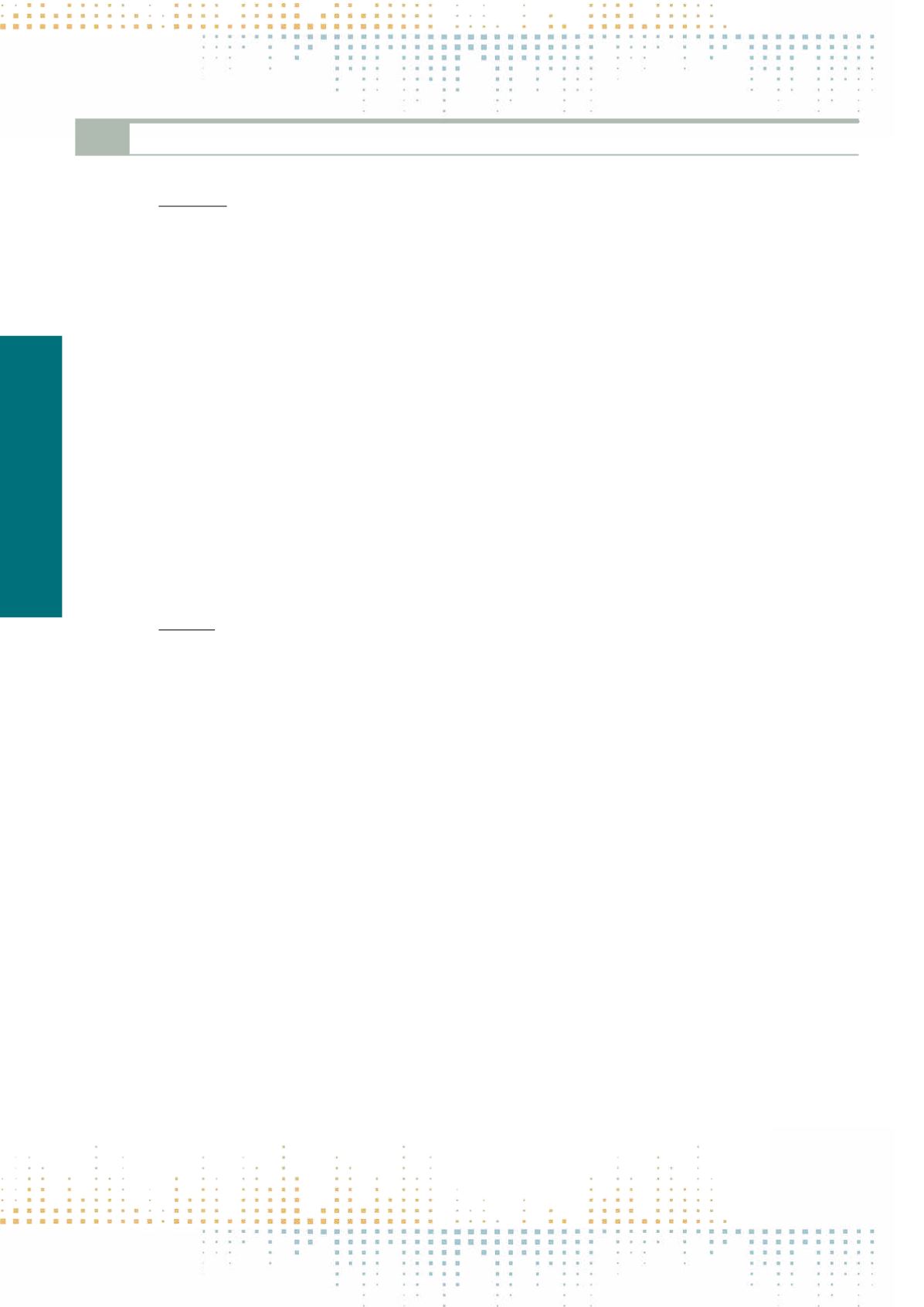

382
Friday, November 11
0 9 : 0 0 – 1 0 : 3 0
JOS15
NewForms of Journalism
PP 292
Mobile News on a Roll. Understanding Serendipitous Mobile News Consumption Through a Triple Articulation Lens
K. Van Damme
1
, M. Vanden Abeele
2
1
Ghent University, Communication Sciences, Gent, Belgium
2
Ghent University, Gent, Belgium
Recent scholarly work argues that mobile technology facilitates serendipitous news consumption. Serendipitous information retrieval has traditionally been
regarded as beneficial for society (e.g. political engagement) because it introduces individuals to alternative viewpoints and stimulates creative thought
and learning. It gives them the opportunity to touch upon new ideas, unexpected angles or simply be surprised. More recent voices, however, argue that
technology-mediated serendipitous news encounters may reduce rather than contribute to society, because these encounters oftentimes result from social
recommendation algorithms or a personalized news offer. Given these concerns over technology-mediated serendipitous news consumption, it is important
to gain a greater understanding of the nature of such consumption. To that end, the current article examines how users understand serendipitous news
consumption, putting emphasis on the difference between accidental and serendipitous news use. Second, this articles uses a triple articulation framework
to analyze how mobile objects, content and use contexts afford serendipitous news use. A mixed-method research approach was set up, which involved
in-depth interviews with 34 informants, in which we used on-device loggings of the informants’mobile activities as interview probes, and a survey among
411 respondents. Our findings validate the use of the Swiss Cheese Model of serendipity (Makri & Blandford, 2011) in the context of news consumption.
According to this model, serendipity can be described as a process that manifests itself when two internal (i.e. an open and prepared mind and an implicit
awareness for a connection) and two external conditions (i.e. lack of time pressure and a conducive environment) meet. These four conditions for seren‑
dipitous outcomes are present in the investigated serendipitous news use patterns. Serendipitous news use differs from accidental news use when it has
some kind of positive outcome (e.g. be a better informed citizen or have a topic to talk about at the office). Using a triple articulation approach towards
serendipitous mobile news consumption, we examined how users understand serendipitous consumption with respect to (1) the technology, i.e. mobile
devices and their software, (2) the content and (3) the (spatial) context. Findings show that serendipitous news consumption is strongly intertwined with
mobile social media platforms. It occurs more often on smartphones than on tablets. Facebook and email are central referral platforms. Mainly soft news is
consumed serendipitously. Surprisingly, serendipitous news encounters occur mostly at stationary locations.
PP 293
Podcasting as an Instrument of Media Accountability. Experiences from Sweden
T. von Krogh
1
, G. Svensson
2
1
Mid Sweden University, Demicom, Sundsvall, Sweden
2
Uppsala University, Uppsala, Sweden
Podcasting has developed from an alternative and promising media form into an established and expanding form in just a decade (Bottomley 2015).Various
kinds of motives for starting podcasts and for developing them are identified and mapped (Markman 2012; Markman & Sawyer 2014). Podcasting offers
space for both established media organizations to thrive, like public service media, and foster new programs that reach wide audiences or niche audiences,
making podcasting into a complex media form. Podcasting in 2015 has been compared to blogging in 2004; will podcasting now follow similar patterns
of professionalization on one hand and platformization on the other (Benton 2015)? Media accountability is a domain of research that has expanded parallel
in time to podcasting (Bertrand 2000, 2003; McQuail 2003; Eberwein et al 2011). It has also been studied in a Swedish setting (von Krogh 2012) and with
focus on its relation to media criticism (Svensson 2015).The digital media offers a variety of new instruments of accountability (Fengler et al, 2014) that can
be used by the media themselves, in cooperation between the media and external actors and by external actors themselves (Bertrand 2000). Podcasting has
a potential to evolve into an instrument of media accountability, but has to the best of our knowledge not yet been studied in this capacity.This article maps
the intentions, output and performance of podcasts in a specific content area – media and journalism in Sweden. International examples of podcasts on
media issues will also be included in the overview of podcasting and podcasting research. The study focuses on how the Swedish podcast producers address
issues of media accountability, if and how they aim to contribute to holdingmedia accountable through criticism, transparency and responsiveness (Heikkilä
et al, 2014; de Haan 2011; Karlsson, Clerwall & Nord, 2014). Podcasts made by media professionals (managers, editors and journalists), media organizations
(journalism union, trade press), media researchers, pro-ams and media users are surveyed in the study. Motives for podcasting, attitudes towards journal‑
ism, attitudes towards media accountability and activities to foster media accountability are covered in the survey. Examples of media accountability issues
suggested by the podcasters are finally analysed using qualitative methods of content analysis. By studying this kind of content oriented podcasting on
media and journalism the research aims to contribute to a better knowledge of the intersection of media podcasting and media accountability. It also con‑
tributes to a mapping of podcasting in Sweden and its use in this specific content niche area. Keywords: Podcasting, media accountability, media criticism,
transparency, responsiveness, podcast motives, podcasts on journalism, Sweden.



















